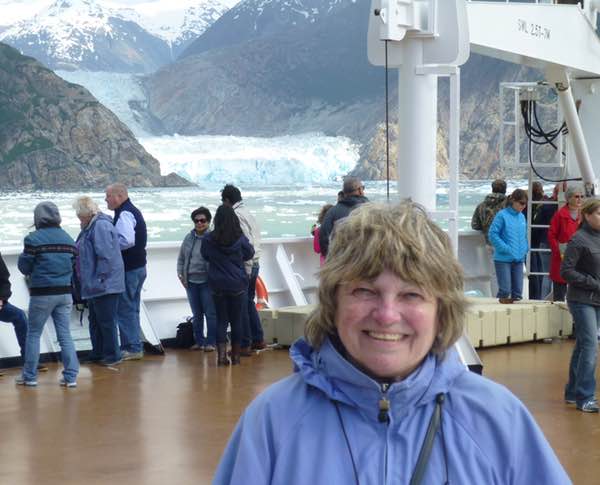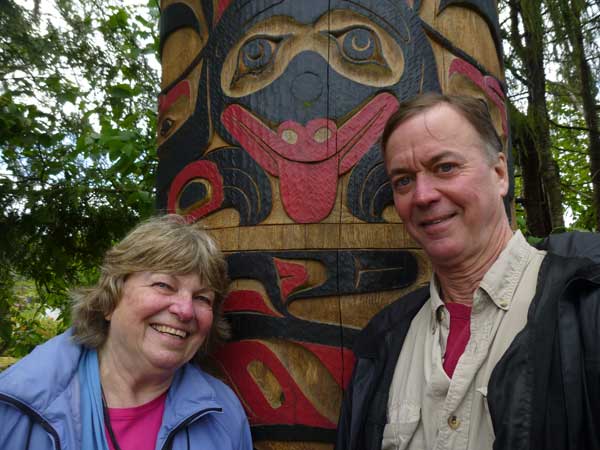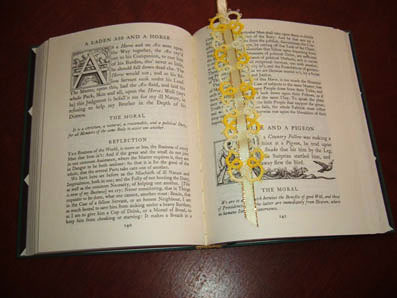Sandalwood Sanity and Diego Garcia–A Journey of Discovery
by Susan Joyce

Excerpt from Chapter 12
Stormy Seas
Indian Ocean, July, 1975
Soon after dawn the following day, a frustrated Dylan made several attempts to get a read on our location with no success. The skies were darkening and black clouds billowed over a choppy sea. I watched him go back and forth trying to figure out where we were. I also noticed he tapped the barometer often.
“Why does he do that?” I asked Charles.
“If it goes down fast when tapped,” Charles answered, ” it means a storm is coming.”
“Oh,” I said.
Sometime later in the day, Dylan announced, “Strong winds are taking us further east than planned.”
“Are we lost?” I asked. Lost at sea. I shuddered at the thought.
“We’ll get back on course,” Dylan said, trying to calm my concern. He grabbed a cup of coffee and headed back up on deck.
Seconds later, he called for Jake to help him lower the sails. “Twister, heading our way,” he yelled.
Jake ran up the stairs.
“A twister could capsize the Zozo,” Charles said bounding up the stairs after him.
I followed and tried to help. Sudden squalls could sink a boat. We were all acting fast to lower the sails and secure them with ropes. I knew quick action was the only way to keep a boat under control during severe weather.
Sails lowered, we went back downstairs to the galley. Dylan closed the hatch to keep the wind and rain from causing damage inside the boat.
“A sudden gust can topple any sailing ship,” Mia said.
“Why?” I asked.
“Because you can’t react fast enough to match the sudden change in force.” Charles explained. “Unless you keep a close watch of changing skies.”
“A sea twister like a cyclone on land, right?”
“Yes, it appears as a whirling column of air and water mist. A funnel cloud,” Charles said. “And can be quite destructive when the water spouts swirl.”
I could hear the ferocious wind blowing and see the sea rise higher. Two visible water spouts were sucking the sea water.
“Glad we’re not outside,” I said.
More lighting strikes as we heaved back and forth with the ship in the raging sea. When the worst of the twister had passed, Dylan opened the hatch and climbed up on deck to take his turn standing watch for other ships or obstacles in the area.
Not knowing where we were and with sails down, Dylan decided to let the winds take us where they pushed until the storms cleared.
The men kept constant vigil during each watch. Charles mentioned that the cross bar on the main mast kept plunging into the water, then jolting back to the other side when the ship rolled side to side with the mountainous waves. “Keeping watch is the only thing that keeps me from losing my mind,” he said.
“Not exactly pleasure yachting,” I said. I knew he was having a hard time dealing with the tense situation.
“Watching the course indicator and other instruments keeps my mind occupied,” he replied.
“Opportunity of a life time?” I asked.
“What was I thinking?” he muttered, questioning his original thoughts of a fun high seas adventure.
“It will be opportune, when we survive.”
Charles shivered. He looked pale.
“Are you okay?” I asked.
“Just weak from lack of food and sleep.”
“These squalls and waves are overwhelming,” I said.
“It’s difficult to sleep knowing how easily a boat can tip over.” Charles added.
“Let’s hope Zozo’s hull is as great as Dylan claims.”
Charles nodded. “If it takes in water, it will sink. And it will happen fast.”
“A matter of seconds, minutes?” I asked.
“In an instant.” He snapped his fingers. “No time to grab a life jacket or launch a raft.”
We looked at each other and sighed. Charles bowed his head.
“It is disheartening,” I said. “Hard to think clearly. But I think we’ll make it.”
“I hope you’re right.”
The ultimate struggle for survival happens mentally,” I said.
Charles looked at me as if I were a stranger.
“Have you had one of your crazy dreams?” he asked.
“Several,” I answered.













